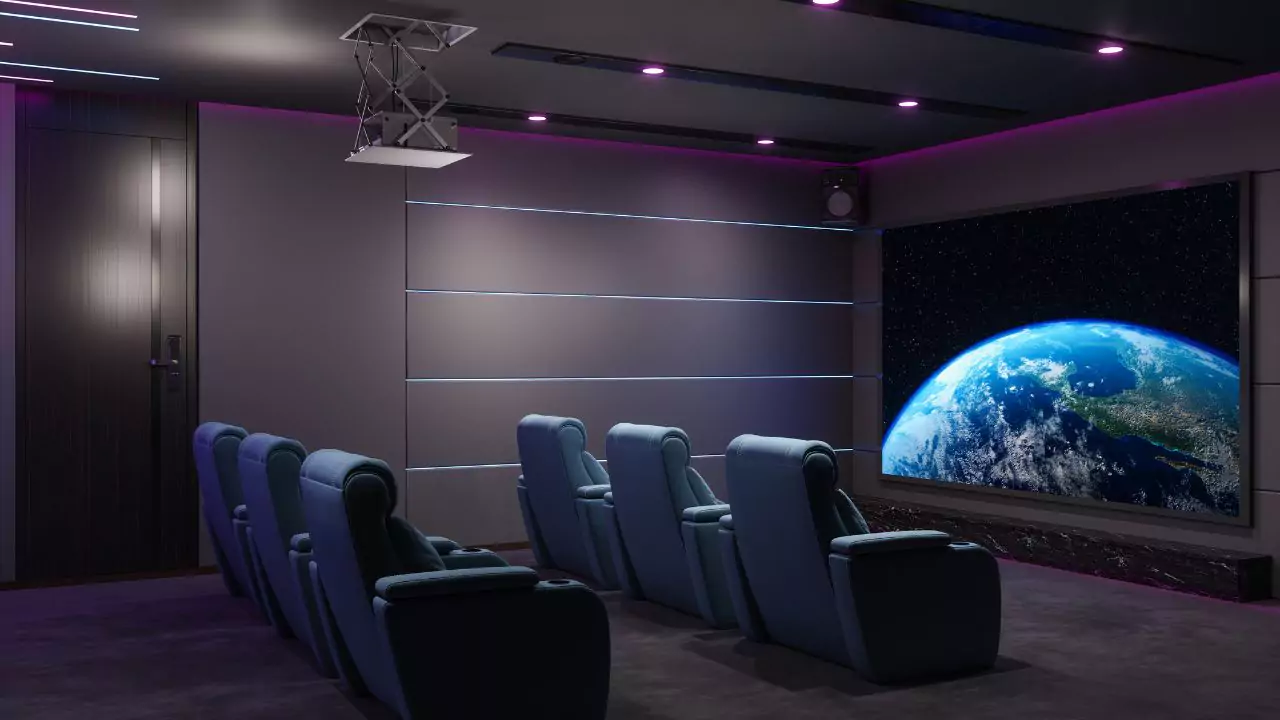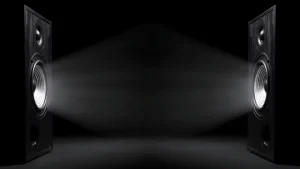Yes, Ceiling speakers can indeed be good for surround sound, especially when integrated into a comprehensive home theater setup.
They play a crucial role in creating an immersive audio experience, allowing for a more cinematic feel without the clutter of visible speakers.
While traditional surround speakers are designed to mimic the ear-level sound, ceiling speakers can still be utilized effectively for this purpose, though they may need to be positioned slightly farther away than dedicated ATMOS speakers.
Despite potential installation complexities, such as retrofit applications requiring professional assistance, ceiling speakers offer a discreet and unobtrusive solution while maintaining high audio quality.
In This Article:
Understanding In-Ceiling Speakers for Surround Sound
In-ceiling speakers are exactly what the name suggests – speakers that are installed flush with your ceiling. Here’s how they can elevate your home theater:
- Benefits of using in-ceiling speakers: The biggest advantage is the immersive and natural-sounding surround sound experience. By mounting the speakers overhead, sound effects like helicopters or rain seem to come from directly above, creating a more realistic feel. In-ceiling speakers also provide a clean, minimalist look for your home theater. No more bulky speakers taking up floor or wall space.
- How they enhance audio distribution: Since they’re positioned above the listening area, in-ceiling speakers can distribute sound more evenly throughout the room. This creates a wider “sweet spot” where everyone can enjoy the full surround sound effect, regardless of their exact seating position.
- Space-saving solution: In-ceiling speakers are ideal for rooms where floor space is limited or where you want to avoid having speakers on stands that could be knocked over by pets or children.
Installation and Placement
While in-ceiling speakers offer great benefits, proper installation and placement are crucial for optimal performance.
How many speakers are needed in a room?
The number of speakers you’ll need depends on the type of surround sound system you have. A basic 5.1 surround sound system typically uses five speakers (left, right, center, surround left, and surround right) and a subwoofer. Dolby Atmos and other immersive surround sound formats incorporate additional overhead channels, which is where in-ceiling speakers come into play. These systems can require anywhere from 2 to 4 overhead speakers.
Optimal Placement Tips
For a standard 5.1 surround sound setup, the surround speakers should be slightly behind your listening position and angled inwards towards the seating area. For Dolby Atmos or similar formats, the in-ceiling speakers should be positioned slightly in front of and behind your listening position. Following the recommendations from your speaker manufacturer and surround sound system is essential.
Choosing the Right Type of In-Ceiling Speakers
There are two main types of in-ceiling speakers to consider:
- Directional speakers: These speakers have a wider sound dispersion pattern, which is ideal for filling the room with sound. However, they may not be the best choice for achieving pinpoint accuracy for surround sound effects.
- Angled speakers: These speakers have drivers that can be angled towards your listening position. This allows for more precise sound placement, creating a more defined surround sound experience.
Pros and Cons of In-Ceiling Speakers
Pros:
- Immersive and natural-sounding surround sound
- Space-saving and aesthetically pleasing
- Wider “sweet spot” for surround sound effects
Cons:
- Installation can be more complex than traditional speakers
- May require additional wiring
- Angled speakers might be more expensive
In conclusion, in-ceiling speakers are a great option for creating a high-quality surround sound experience in your home theater. They offer a clean look, even sound distribution, and an immersive audio experience. However, proper installation and choosing the right type of speaker are important for optimal performance.




